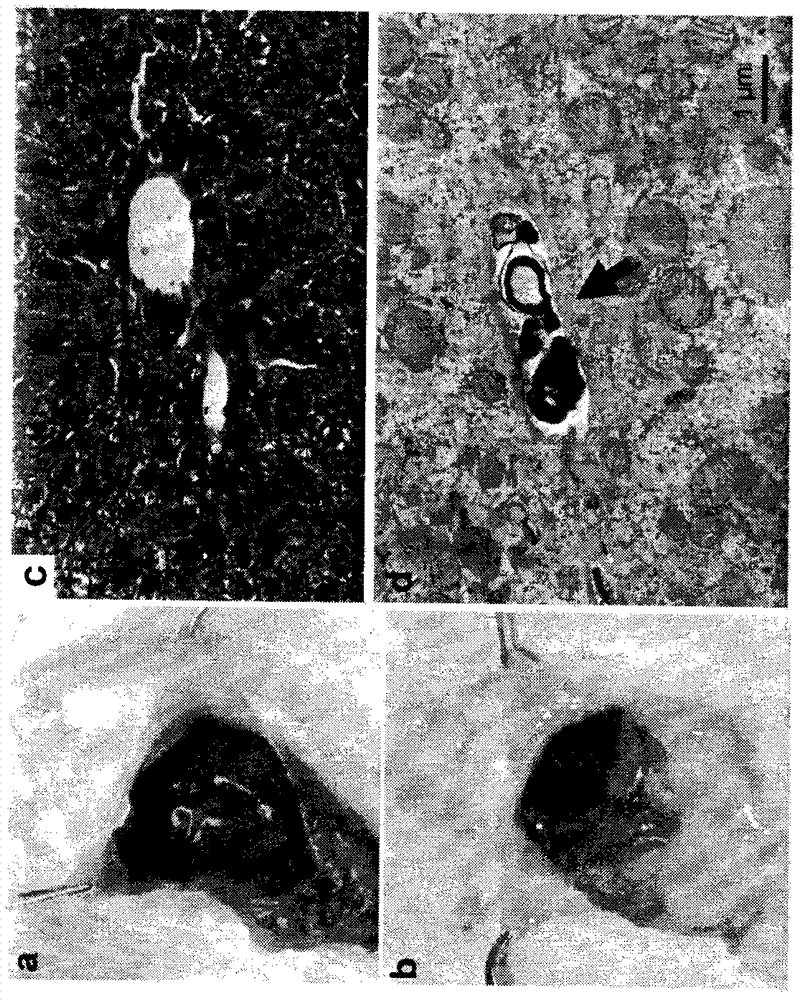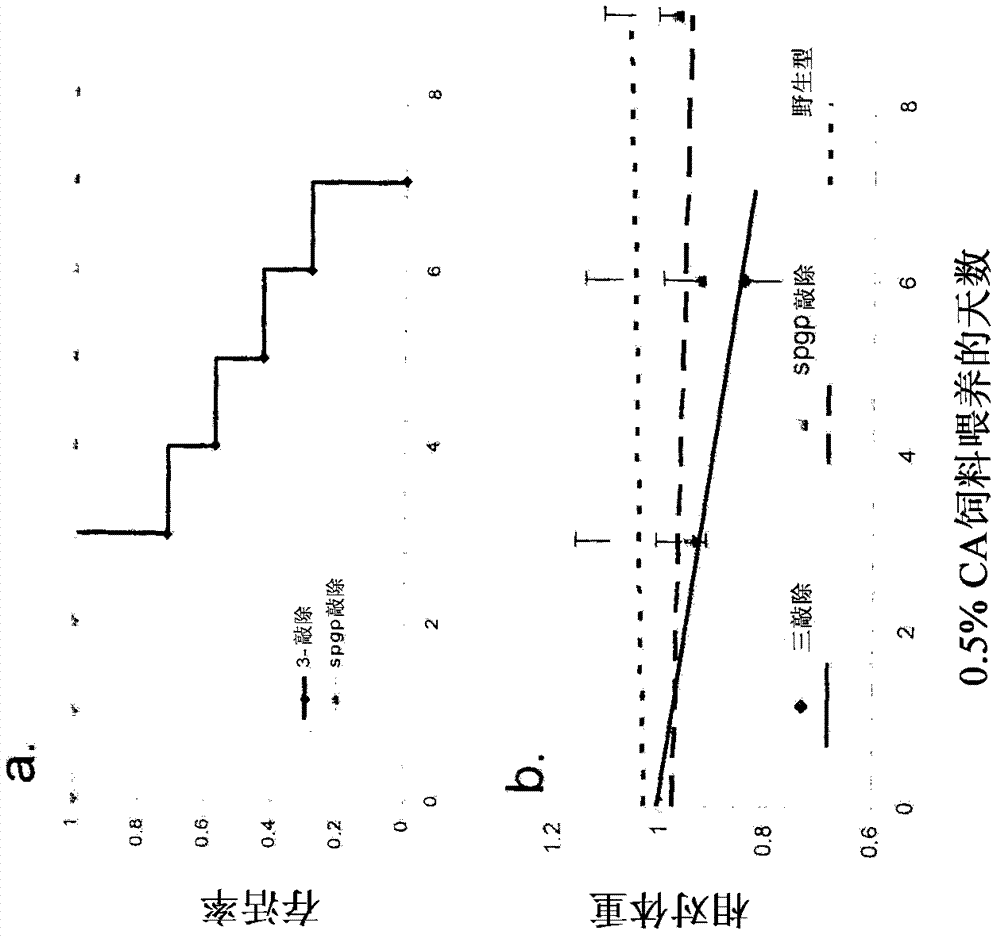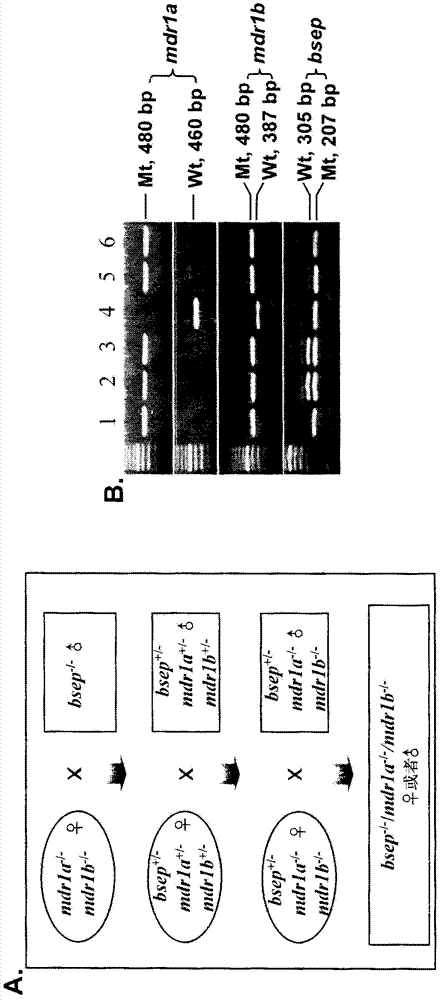Polyhydroxylated bile acids for treatment of biliary disorders
A technology of hydroxycholanic acid and bile acid, which is applied in blood diseases, sensory diseases, extracellular fluid diseases, etc., and can solve problems such as no phenotype
- Summary
- Abstract
- Description
- Claims
- Application Information
AI Technical Summary
Problems solved by technology
Method used
Image
Examples
preparation example Construction
[0085] Preparation of polyhydroxylated bile acids
[0086] Compounds according to the invention or used according to the invention, including pharmaceutically acceptable salts or derivatives thereof, may be obtained synthetically using conventional procedures as described herein or known in the art. The compounds usable according to the invention can be obtained from natural sources. For example, polyhydroxylated bile acid compounds can be prepared in part or in whole from natural sources, eg, by fractionation of biological extracts (eg, from bsep KO mice). Bile acids can be obtained from bsep KO mice by, for example, using a bile duct cannula to collect approximately 10-20 ml of bile from a 50-100 bsep KO mouse. HPLC can be used to separate about 10-20 μmol (5-10 mg) of tetra-hydroxylated bile acids. In some embodiments, polyhydroxylated bile acid compounds according to the invention can be prepared by total synthesis. Alternatively, such synthetic compounds can be labeled...
Embodiment 1
[0107] Example 1: Animal model of cholestasis
[0108] method
[0109] animal
[0110] bsep KO mice based on FVB / NJ genetic background (16) and mdr1a / 1b KO mice (22) were maintained in the laboratory as previously described from Taconic (Hudson, NY 12534). Mice were maintained at 22°C under a 12-hour light-dark cycle and had free access to food and water. Unless otherwise specified in the results, mice were fed a normal diet (chow). The procedure for this experiment was approved by the Animal Ethics Committee of the University of British Columbia and performed according to the guidelines of the Canadian Council for Animal Care.
[0111] Light and TEM
[0112] For light microscopy, after fasting for 2-4 hours with CO 2 Kill the mice. The liver was immediately removed and transferred to 10% neutral buffered formalin solution, followed by paraffin section and hematoxylin-eosin staining or Masson's trichrome staining (Wax-it Histology Services Inc, Vancouver). For trans...
Embodiment 2
[0144] Example 2: Synthesis of taurine-bound 3α, 6β, 7β, 12α-hydroxy bile acids
[0145] As described in (29-31), taurine was synthesized to bind 3α, 6β, 7β, 12α-hydroxybile acids, essentially the 12α-hydroxylated variant of β-muricholate. Isomers are produced simultaneously in the synthesis and may have similar activities. Thus, at least 5 additional derivatives of the above compounds were also isolated, specifically 3α, 6α, 7α, 12α-, 3α, 6β, 7α, 12α-, 3α, 6α, 7β, 12α-, 3α, 6β, 7β, 12α-, 3α, 6α, 7α, 12β-hydroxy derivatives. The isolated compounds were labeled with 3H-labeled bile salts by hydrogen exchange in a solution enriched in tritium water followed by reisolation of the labeled bile salts (available from Perkin-Elmer) (32). The relative affinities of isolated compounds for in vitro transport via MDR1 were tested as described herein. The most potent compounds were isolated in large quantities in vitro and used as lead compounds for in vivo testing of toxicity and effi...
PUM
 Login to View More
Login to View More Abstract
Description
Claims
Application Information
 Login to View More
Login to View More - R&D
- Intellectual Property
- Life Sciences
- Materials
- Tech Scout
- Unparalleled Data Quality
- Higher Quality Content
- 60% Fewer Hallucinations
Browse by: Latest US Patents, China's latest patents, Technical Efficacy Thesaurus, Application Domain, Technology Topic, Popular Technical Reports.
© 2025 PatSnap. All rights reserved.Legal|Privacy policy|Modern Slavery Act Transparency Statement|Sitemap|About US| Contact US: help@patsnap.com



